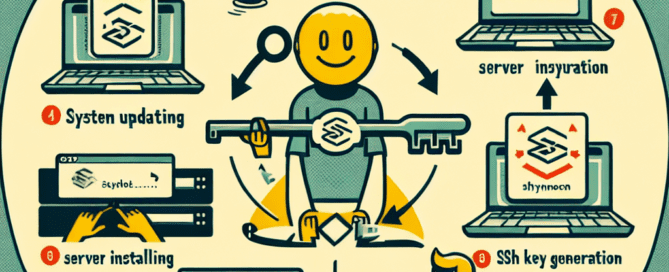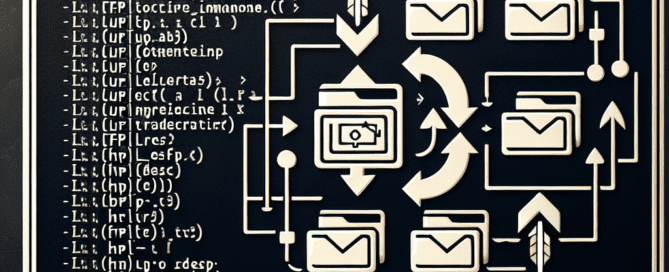How many simultaneous connections your Apache server can handle
To find out how many simultaneous connections your Apache server can handle, you need to check the configuration of the Multi-Processing Module (MPM), whether it is mpm_prefork, mpm_worker, or mpm_event. The number of allowed connections depends on settings like MaxRequestWorkers (previously known as MaxClients). Steps: Open the Apache configuration file, usually located at /etc/apache2/apache2.conf or [...]










